In 1883, the first pegging of the Mount Lyell fields took place when three gold diggers staked a 50-acre claim in what is now known as Linda Valley. In the early years, supplies to the area came up the King River from Strahan and were then carried in by professional packers.
In 1888, the Mount Lyell Gold Mining Company was formed by a syndicate of six men, but didn’t result in the hoped-for profits. In 1892, two Adelaide financiers saw that a fortune in copper was being overlooked in the search for gold, bought the mine and formed the Mount Lyell Mining Company. Another mine was established at North Mount Lyell.
In 1893, the Mount Lyell Company was liquidated and the Mount Lyell Mining & Railway Company was created. In 1896, a railway was built between Teepookana and Penghana (now Queenstown) and by 1901, the line had reached Strahan and full-scale production could begin.

As the country’s oldest continually operating mining field and the major employer for Queenstown, Strahan, and Gormanston from the early 1900s until its closure in 1994, the Mount Lyell copper mine has also been the lifeblood of Tasmania’s west coast. In the early days of mining the population of Queenstown grew to five thousand with fourteen hotels, creating a thriving community.
From the time mining commenced the Mount Lyell, mining operations has produced more than a million tonnes of copper, 750 tonnes of silver and 45 tonnes of gold. It is estimated more than $4 billion worth of metal has been mined from the area.
However, mining came with an environmental cost. The surrounding bush was cleared to fuel the furnaces, burning some 2,000 tons of wood a week, and the sulphurous fumes that were produced killed local vegetation. The tailings – the waste left over after extracting minerals – also killed life in the local King and Queen rivers.

There was also loss of life. On December the 12th 1912, a fire broke out in the North Mount Lyell mine, taking the lives of forty-two men.
In 1976, half of the Mount Lyell workforce was laid off due to the low price of copper and in 1994 the mine was closed for a year. It was then taken over by Western Australia based Gold Mines of Australia and renamed Copper Mines of Tasmania (CMT). In 1999, Indian based Sterlite Industries took over and CMT became part of its parent company, Vedanta Resources.
After Sterlite acquired Mount Lyell, production increased from two million tonnes to 2.7 million tonnes of ore a year. It is believed the mine still has around 9.5 million tonnes of ore containing 1.25 percent copper, as yet untapped.
In 2013, CMT ceased production and put the mine into caretaker mode after three miners died in two incidents. The closure resulted in the loss of approximately two hundred jobs.
In 2020, Vedanta Resources confirmed the mothballed mine was for sale, after their own restart was put on hold. Their inability to restart operations was said to be due to the COVID-19 epidemic. The sale was expected to be concluded by June 2021, however delays continue, and it is also not known if or whether a new buyer would re-open the mine.
References:
https://en.wikipedia.org/wiki/Mount_Lyell_Mining_and_Railway_Company
http://mininglink.com.au/site/mount-lyell
https://www.abc.net.au/news/2020-09-14/mt-lyell-copper-mine-up-for-sale/12660816
https://www.theadvocate.com.au/story/7138637/new-date-for-mount-lyell-sale-completion/

